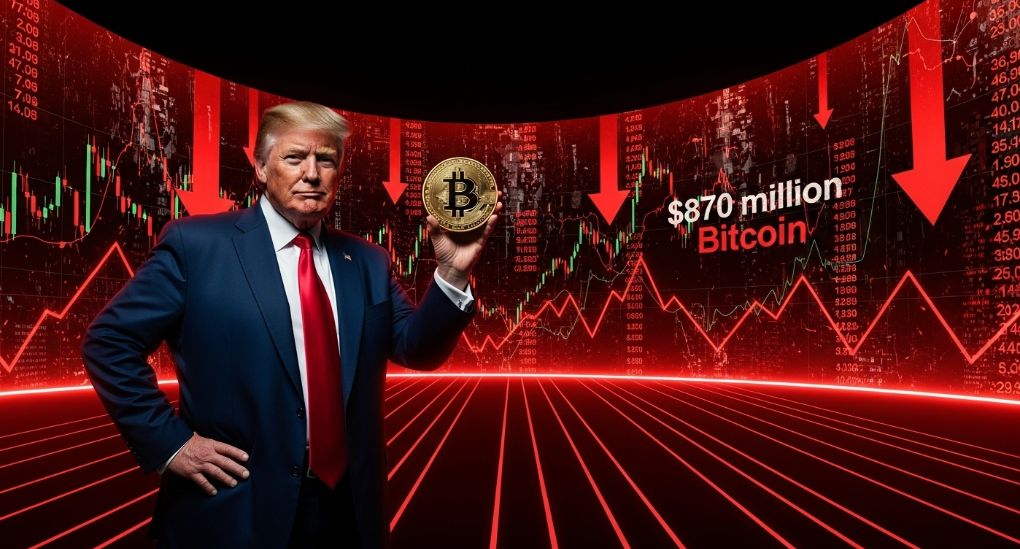Nvidia’s AI Dominance Amid Geopolitical Headwinds: A Strategic Investment Thesis in the Global AI Arms Race
- NVIDIA reaches $4 trillion valuation in 2025, driven by $46.7B Q2 revenue from AI data center sales. - Blackwell GPU’s 30x faster AI performance and CUDA ecosystem (90% of developers) solidify its AI infrastructure leadership. - Geopolitical risks, including China’s self-reliance push, are mitigated via B30 GPU and U.S./Europe production shifts. - Competitors like AMD and Intel close the gap, but NVIDIA’s Blackwell outperforms in FP4 and versatility for hyperscalers. - R&D-driven innovation, $60B share b
Nvidia’s meteoric rise to a $4 trillion market valuation in 2025 is a testament to its unparalleled dominance in the AI infrastructure sector. The company’s second-quarter 2025 revenue of $46.7 billion, driven by $41.1 billion in data center sales, underscores its position as the linchpin of the AI revolution [1]. This growth is fueled by the Blackwell GPU architecture, which delivers up to 30x faster AI performance compared to prior generations, enabling cloud providers and enterprises to scale generative AI workloads [2]. However, the company’s long-term investment potential hinges on its ability to navigate geopolitical risks, sustain innovation, and outmaneuver a rapidly evolving competitive landscape.
Financial Resilience and Strategic R&D: The Bedrock of Dominance
Nvidia’s financials reveal a company with extraordinary pricing power and operational efficiency. Its non-GAAP gross margin of 72.7% in Q2 2025 highlights its ability to monetize cutting-edge technology [1]. The company’s $15 billion annual R&D investment has yielded a product roadmap that outpaces competitors. The Blackwell architecture, now powering the GB300 GPU with 288 GB of HBM3E memory, is followed by the Vera Rubin architecture (2026), which promises further gains in AI inference and training [3]. These innovations are not just technical milestones but strategic moats, as the CUDA ecosystem—used by 90% of AI developers—creates switching costs for rivals [4].
Nvidia’s financial resilience is also evident in its shareholder returns. The company returned $24.3 billion to shareholders in H1 2026 and authorized an additional $60 billion in share repurchases, signaling confidence in its cash-generative model [1]. This financial flexibility allows Nvidia to fund R&D, navigate geopolitical headwinds, and invest in partnerships with hyperscalers like AWS and Microsoft , which are critical for scaling AI infrastructure globally [2].
Geopolitical Risks and Mitigation Strategies
The U.S.-China trade war has emerged as a significant challenge. Export restrictions on the H20 chip cost Nvidia $4.5 billion in Q1 2026, while China’s push for semiconductor self-reliance threatens to erode its market share by 2027 [3]. To counter this, Nvidia has developed the B30 chip—a China-compliant GPU with 80% of Blackwell’s performance—to retain access to the $108 billion AI capital expenditure market in the region [1]. Additionally, the company is reshoring production to U.S. and European foundries, leveraging the CHIPS Act to reduce reliance on Asian manufacturing hubs [3].
Nvidia’s “sovereign AI” strategy further insulates it from regulatory shifts. By embedding CUDA into cloud platforms like Azure and Google Cloud, the company reduces direct hardware sales in restricted markets while expanding its software ecosystem [2]. This approach aligns with global trends toward localized data governance, as seen in Japan’s updated AI contract guidelines and South Korea’s AI Basic Act [1].
Competitive Landscape: Can Nvidia Sustain Its Edge?
While competitors like AMD (MI350) and Intel (Gaudi 3) are closing the performance gap, Nvidia’s first-mover advantage in AI infrastructure remains formidable. The Blackwell platform’s 50% faster FP4 performance and 288 GB memory capacity outstrip alternatives, making it the preferred choice for hyperscalers [4]. Moreover, custom AI chips from Microsoft (Maia 100) and Amazon (Trainium2) are niche solutions, lacking the versatility of Nvidia’s GPUs for both training and inference [3].
Emerging players like Huawei and Alibaba also pose long-term threats, but Nvidia’s CUDA ecosystem and energy efficiency advantages provide a buffer. For instance, Cambricon’s 4,000% revenue growth in H1 2025 highlights China’s domestic push, yet its chips lag in integration with global AI frameworks [3]. Nvidia’s partnerships with cloud providers and its focus on enterprise AI solutions (e.g., DGX Workstations) further diversify its revenue streams [2].
Conclusion: A Strategic Buy in the AI Arms Race
Nvidia’s long-term investment potential rests on three pillars: technological leadership, financial agility, and strategic adaptability. Its R&D-driven roadmap ensures it stays ahead of competitors, while its geopolitical strategies mitigate risks in volatile markets. Despite challenges like U.S. export restrictions and rising competition, the company’s dominance in AI infrastructure—accounting for 88% of its revenue—positions it as a cornerstone of the $150 billion AI chip market [1]. For investors, Nvidia represents not just a bet on AI, but a hedge against the uncertainties of a fragmented global tech landscape.
Source:
[1] NVIDIA Announces Financial Results for Second Quarter
[2] NVIDIA 2025: Dominating the AI Boom – Company Overview
[3] NVIDIA's AI Dominance: Blackwell, Huawei, and Geopolitical Challenges
[4] Nvidia’s Epic August 2025: Record AI Earnings, Next-Gen ...
Disclaimer: The content of this article solely reflects the author's opinion and does not represent the platform in any capacity. This article is not intended to serve as a reference for making investment decisions.
You may also like
The Real Recovery Phase: How Should the Market Rebuild After Leverage Liquidation?

From "President's Son" to "Teenage Tycoon": Barron Trump's First Pot of Gold


Trump holds $870 million in Bitcoin! Will the tariff war cause the market to crash?
